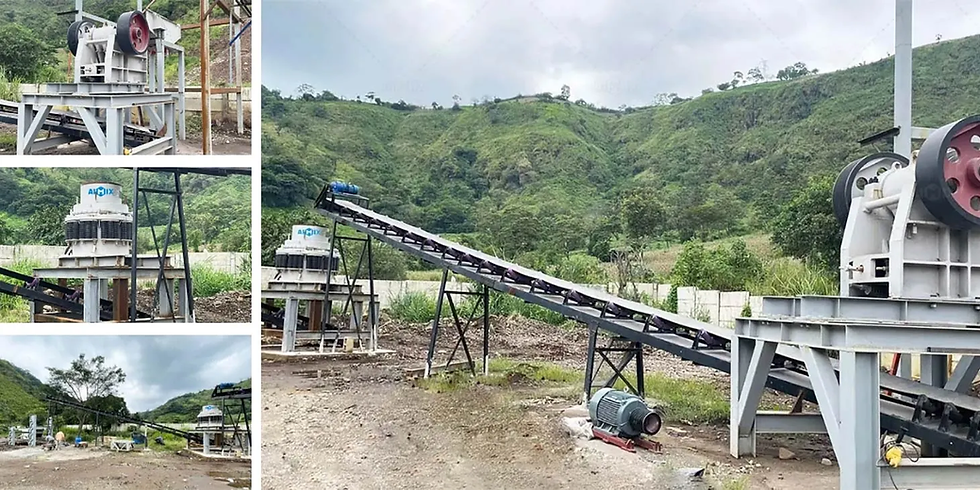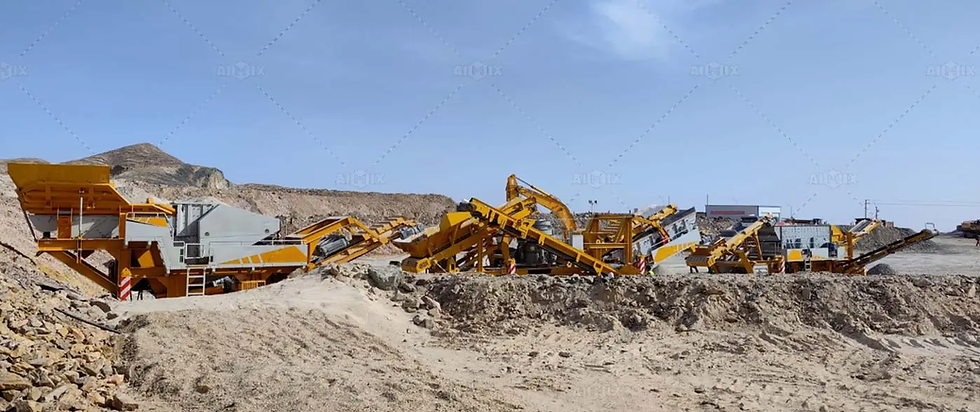The Hidden Costs of Concrete Crushers: What Manufacturers Don’t Always Tell You
- aimixgroup china
- Feb 21
- 2 min read
Concrete crushers, while indispensable for material recycling and aggregate production, come with a spectrum of hidden concrete crusher machine price that are often overlooked. Many manufacturers emphasize productivity and efficiency but rarely highlight the long-term financial and operational burdens. Understanding these concealed expenses is crucial for businesses aiming to make an informed investment.
Operational Expenses Beyond Initial Purchase
The initial price tag of a concrete crusher is only a fraction of its total cost. One of the most significant but often underestimated factors is energy consumption. High-powered crushers require substantial electricity or fuel, and inefficient models can drastically inflate operational costs. While some machines boast energy-efficient designs, they may compromise crushing capacity, leading to longer processing times and higher labor expenses.

Beyond power usage, wear and tear presents an ongoing financial strain. Crushing abrasive materials accelerates component degradation, necessitating frequent replacements of key parts such as jaw plates, hammers, and liners. Some manufacturers offer cost-effective parts, but others lock customers into proprietary components with exorbitant pricing. Over time, these expenses accumulate, making the total cost of ownership far higher than anticipated.
Environmental and Compliance Costs
Regulatory compliance is an often-overlooked cost associated with concrete crushers. Dust suppression is a major concern, as airborne particles generated during crushing operations can pose health hazards and violate environmental regulations. Investing in misting systems or enclosures can mitigate this issue, but these solutions demand capital investment and ongoing maintenance.
Additionally, emissions control is becoming a growing challenge, particularly in urban or environmentally sensitive areas. Diesel-powered crushers must meet stringent emissions standards, sometimes requiring costly upgrades or retrofits. Non-compliance can result in steep fines or operational restrictions, disrupting business continuity. Crusher machine suppliers may downplay these aspects, leaving operators to navigate compliance issues independently.
Logistical and Maintenance Challenges
Moving a concrete crusher to different job sites introduces significant logistical hurdles. Transportation costs, including permits for oversized loads and specialized hauling, can add up quickly. Certain models require complex site setup procedures, increasing downtime before actual operations commence. If a machine is not designed for quick deployment, its productivity potential may be overshadowed by excessive setup delays.

Furthermore, unplanned downtime due to maintenance or mechanical failures can cripple a project’s efficiency. While manufacturers provide estimated service intervals, real-world conditions often accelerate the wear of components, leading to unexpected failures. The costs associated with emergency repairs, replacement parts, and lost working hours can surpass initial expectations, especially if spare parts availability is limited or expensive.
Hidden costs can significantly impact the profitability of a concrete crusher over its lifespan. Beyond the upfront investment, energy consumption, maintenance, regulatory compliance, and logistical challenges must be carefully considered. By recognizing these concealed expenses, businesses can make more strategic purchasing decisions, avoiding financial pitfalls that could undermine their operations.



Comments